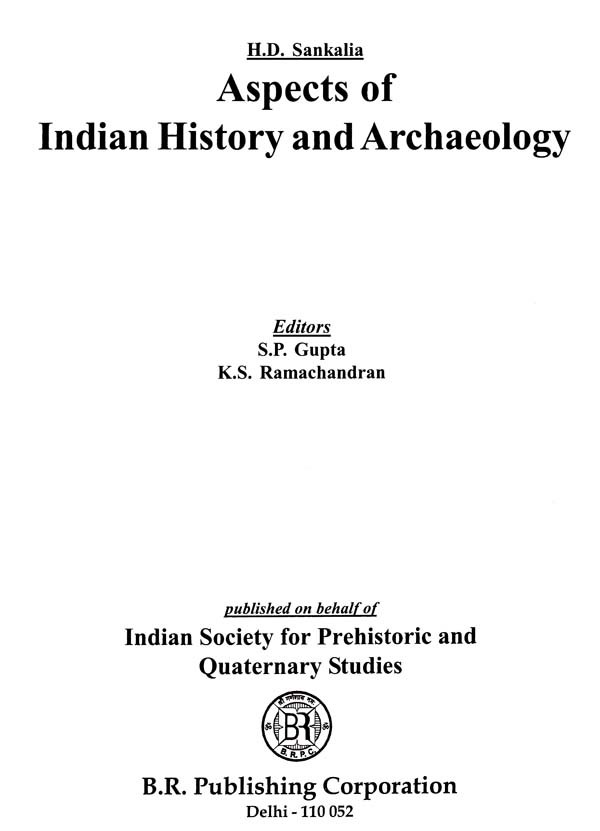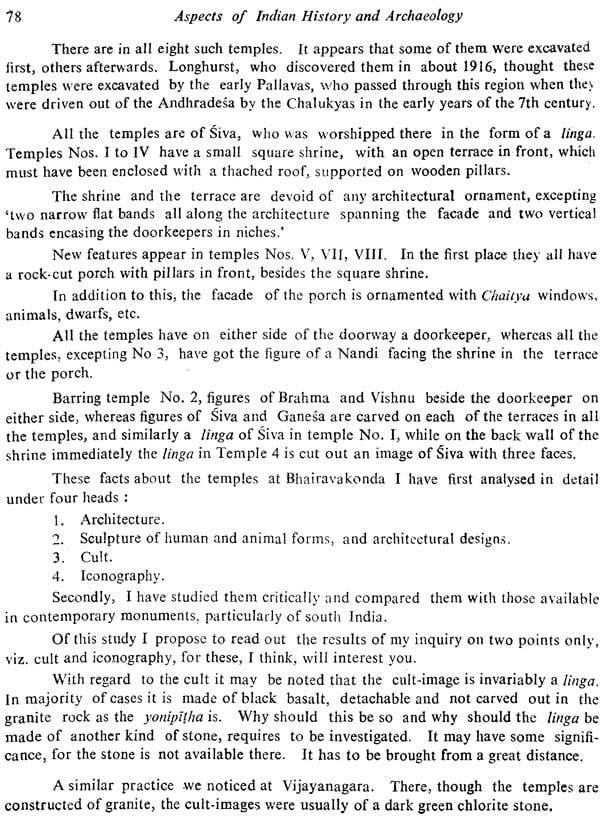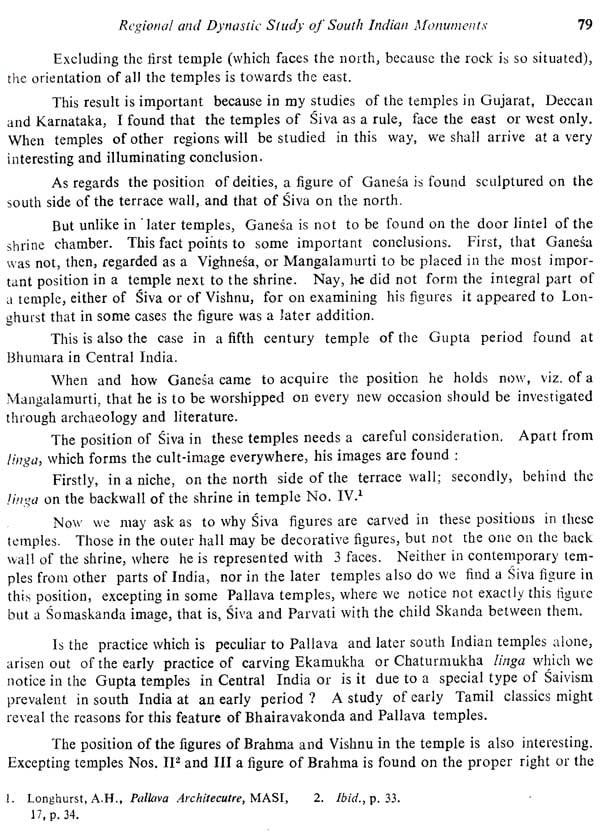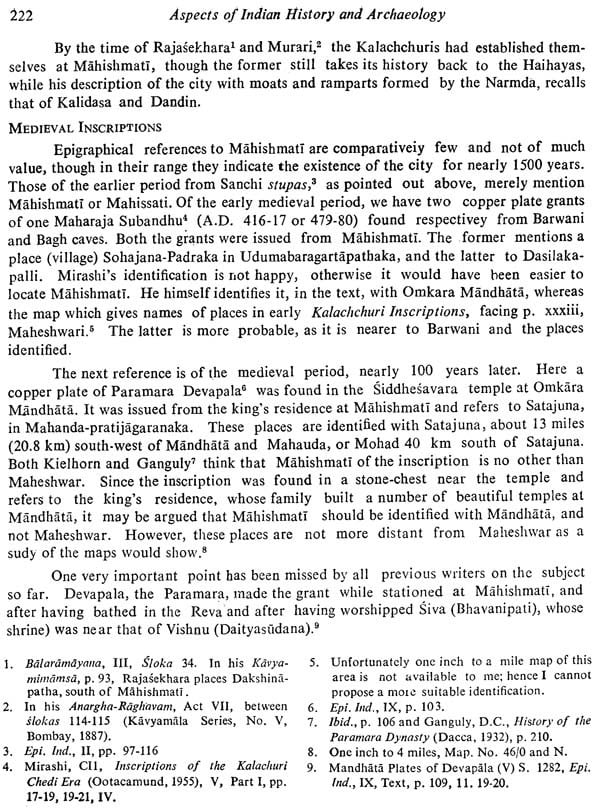About the Book The present collection, comprising thirty-three papers, cover a wide range of subjects, viz. History, culture, ethnography and historical geography, temples and their socio-economic background, epigraphy, numismatics and religion, iconography, archaeology, material culture and tradition, museology and literature. The selection shows his versatility and his ease in handling the subjects. His preface to this book embodying the purpose and methodology for further research would be an eye opener for research scholars. Dr. Sankalia's frank and outspoken writings may not be palatable to some, but they are from the pen of a person who is sincere to his work and should carry conviction.
About the Author Hasmukh Dhirajlal Sankalia, the doyen of Indian archaeology, was a versatile scholar. Born in 1908 in Bombay, he had his education in Bombay and took his doctorate from London. He has been associated with the Deccan College and Post-Graduate Research Institute, Pune, first as a lecturer and then in the capacity of professor of Proto-Indian and Ancient Indian History as also as its Director for some time and Emeritus Professor as well. He has won several gold medals for his academic achievements, written more than twenty-five books and two hundred articles covering a variety of subjects. He was the Chairman of the Indian Archaeological Society for several years. He was one of the first scholars to be honoured with the coveted fellowship of Jawaharlal Nehru Memorial fund. The Government of India recognizing his services to the Nation in the field of art, archaeology and culture conferred upon him Padma Bhushan in the year 1974.
Preface The here republished, some after nearly forty years, will show who is needed systematic search and study, whether be temples, megalithic structures and personal names. During all number books temples and sculptures have been published, besides a books Indian geography as well, that have been neither very have touched the core of subject. Take instance, the temples monuments Gurjara Pratihara This dynasty Rajasthan, parts Madhya Pradesh, Ur Pradesh wielded influence over Gujarat, Bihar Bengal some time. During their rute hundred years (0/10th cent) they their home province and region under their direct.
Study Socio-economic Background The question is, monuments-which we shall, in the absence stylistic or regional name "Gurjara-Pratihara" after the dynasty-show departure the past, such and Late Guptas and are their new features? What are these features due to? Do they represent only a stylistic development features which social, mic political times? The period not normal. of foreigners, particularly on political side and Arab merchant’s number the socio-economic side had entered Side, the various aspects Hinduism becoming more and more theistic because of the growth Bhakti. Yoga other ancillary cults or practices.
The study outlined can properly carried out, did for Gujarat and A.V. Naik did the of the Gurjara-Pratiharas and card-indexing the various items, followed by study temples-which known be built the Gorjara-Pratibaras themselves. this study done, student has mastered. or well-understood the features temples he can embark upon wider study examining monuments in Gurjara-Pratihara empire. indeed be huge project, but can carried out facilities available from the University Grants Commission, Council of Historical Universities. What needed band of student’s subject. It indeed whether are teachers in Universities only D. students. If however, the project above considered be bit large, smaller projects can For example, how far the early medieval temples, such those Khajuraho and ones the Kalachuris Madhya Pradesh reflect the growth institution of Devadasis.
**Contents and Sample Pages**
























